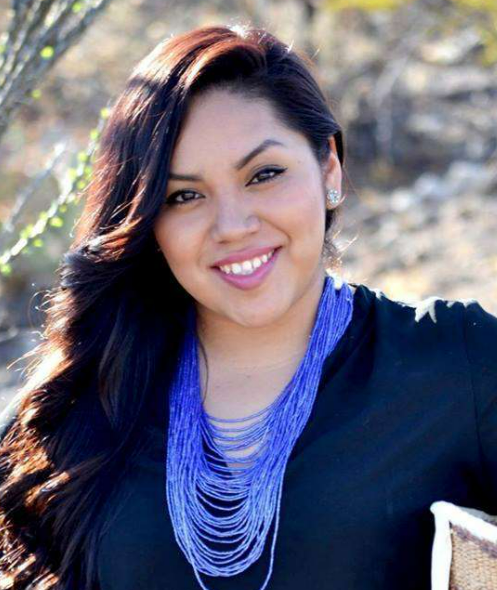
Aria Thomas
Apr 27, 2022 09:32

Representative Raul Grijalva, chairman of the House Committee on Natural Resources, and two other Democrats wrote to Ryan Lance, chairman and CEO of ConocoPhillips, inquiring why it took a month to locate and contain a leak at the company's Alpine field.
More than 7.2 million cubic feet of natural gas escaped from the oilfield last month, the company and officials said. The primary component of natural gas is the strong greenhouse gas methane.
Alpine's oil production was temporarily reduced by nearly a third as a result of the spill. Alpine is one of the largest conventional onshore oil fields constructed in North America in the last 25 years. ConocoPhillips stated in a video
Additionally, the senators questioned why the firm evacuated approximately 300 of its own employees while publicly denying the leak posed a threat to human health and safety.
"Was this leak on the verge of developing into something more serious, such as a rupture or explosion?" According to the letter.
Citing claims that the primary cause of the leak was an uncemented well, they inquired, "Is it typical industry practice to build uncemented wells?"
Grijalva enquired about the leak's ramifications for ConocoPhillips' proposed Willow project within the National Petroleum Reserve-Alaska, a 23 million-acre (9.3 million-hectare) area on Alaska's North Slope that is the country's largest undeveloped public territory. Grijalva's committee is responsible for oil and gas exploration on public lands.
ConocoPhillips is evaluating the letter, according to a company spokeswoman, and Willow has completed "extensive environmental and permitting studies" since 2018.
After reaching a peak of more than 2 million barrels per day in 1988, Alaska's oil production has been declining, harmed by less investment and greater chances in other states' shale formations. According to the US Energy Information Administration, the state produced just 437,000 barrels per day in 2021.
The Willow project is expected to contain 600 million barrels of oil, greater than the US Strategic Petroleum Reserve, the country's emergency stockpile stored in caverns along the Gulf Coast.